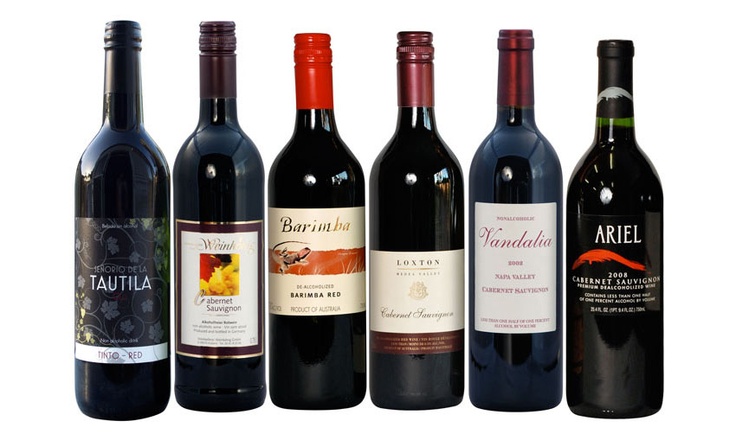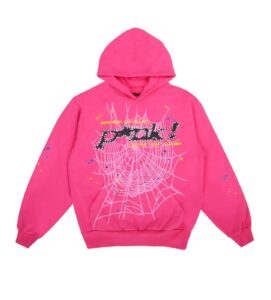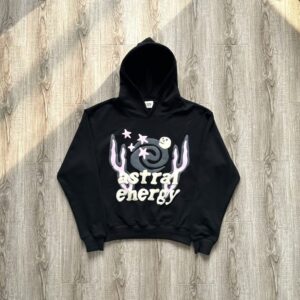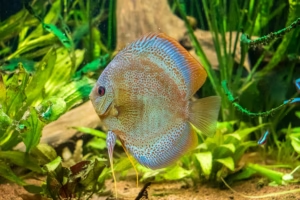The Rise of Non-Alcoholic Wine | A Sophisticated Alternative
In recent years, non-alcoholic wine has gained immense popularity as a stylish and inclusive beverage choice. No longer confined to dusty corners of health stores or awkward dinner party offerings, today’s alcohol-free wines have evolved into a sophisticated, well-crafted product. Whether you’re abstaining for health reasons, religious beliefs, pregnancy, or personal preference, non-alcoholic wine offers a flavorful, refined alternative without the alcohol content.
What is Non-Alcoholic Wine?
At its core, non-alcoholic wine is real wine that has had its alcohol content removed. Unlike grape juice, which is unfermented, non-alcoholic wine begins life the same way traditional wine does: through fermentation of grapes. The difference lies in the final step—the alcohol is extracted, usually through vacuum distillation or reverse osmosis, leaving behind the taste, aroma, and complexity of wine, minus the buzz.
This method ensures that much of the wine’s original flavor profile and structure are retained, making it a closer match to traditional wine than most sugary substitutes.
How is Non-Alcoholic Wine Made?
There are three main processes for removing alcohol from wine:
Vacuum Distillation – This method heats the wine at a much lower temperature under a vacuum, allowing alcohol to evaporate without boiling off the aromatic compounds that give wine its character.
Reverse Osmosis – Wine is pushed through a membrane that filters out the alcohol while preserving the flavor components. The alcohol is then separated, and the remaining liquid is recombined to maintain consistency.
Spinning Cone Column – This high-tech method separates wine into different layers of aroma, alcohol, and base wine, and then reassembles it without the alcohol content.
Each technique has its pros and cons, but all aim to deliver a final product that maintains the integrity of the original wine while being less than 0.5% ABV (Alcohol by Volume), the standard for labeling a drink “non-alcoholic.”
Benefits of Non-Alcoholic Wine
The appeal of non-alcoholic wine isn’t just in its inclusivity—it also boasts a wide array of health and lifestyle benefits:
Fewer Calories
Without alcohol, non-alcoholic wines typically have fewer calories, making them a smarter choice for those watching their weight.
No Hangovers
Since there’s virtually no alcohol, you can enjoy a glass (or two) and still wake up feeling fresh the next day.
Heart Health
Some non-alcoholic red wines have been found to retain polyphenols, such as resveratrol, which can help reduce blood pressure and improve heart health.
Inclusive Drinking
Non-alcoholic wine allows everyone to participate in social rituals, like toasting at weddings or sipping wine during dinner, without compromising their beliefs, health, or responsibilities.
Taste and Varietals: What to Expect
Today’s alcohol-free wines come in a wide variety of styles—from bold reds and crisp whites to effervescent rosés and elegant sparkling wines. Brands have invested in refining their techniques, resulting in beverages that often closely mimic the flavor and aroma of traditional wines.
Some popular varietals in the non-alcoholic world include:
- Cabernet Sauvignon – Rich and full-bodied with notes of black cherry and oak.
- Chardonnay – Creamy, citrusy, and refreshing.
- Rosé – Light, fruity, and perfect for summer sipping.
- Sparkling Wine – Crisp, celebratory, and perfect for toasts.
While no alcohol-free wine is exactly like its alcoholic counterpart, top brands have significantly narrowed the gap, creating complex, enjoyable alternatives.
Top Brands Leading the Movement
Several producers have emerged as leaders in the non-alcoholic wine space, setting high standards for taste, quality, and innovation:
- Thomson & Scott Noughty – Known for their organic and vegan-friendly sparkling wines.
- Surely – Offers canned and bottled non-alcoholic wines made from premium California grapes.
- Leitz Eins Zwei Zero – A German label praised for its Rieslings and Pinot Noirs.
- Giesen 0% – From New Zealand, offering a full range of varietals, including Sauvignon Blanc and Rosé.
These brands prove that non-alcoholic doesn’t mean non-enjoyable—it’s quite the opposite.
Pairing Non-Alcoholic Wine with Food
Just like traditional wine, non-alcoholic wine can enhance your dining experience. Here are a few pairing tips:
- Sparkling Non-Alcoholic Wine – Pairs beautifully with light appetizers, seafood, and brunch dishes.
- Non-Alcoholic White Wine – Complements chicken, salads, and creamy pasta dishes.
- Non-Alcoholic Red Wine – Ideal for hearty meals like grilled vegetables, red meats, and tomato-based sauces.
- Rosé – Versatile enough for cheeses, salads, and lighter entrées.
Choosing the right pairing can help elevate both the food and the wine, even without the alcohol.
The Future of Non-Alcoholic Wine
As more consumers prioritize health and mindfulness, the demand for non-alcoholic options is expected to grow exponentially. Major wine producers are investing in research and development to improve flavor authenticity, longevity, and variety.
Restaurants, bars, and even airlines are adding alcohol-free wines to their menus, recognizing the growing demographic that desires a premium drinking experience without the drawbacks of alcohol.
Conclusion
Non-alcoholic wine is no longer a novelty—it’s a revolution. With better production techniques, broader availability, and a shift in consumer mindset, alcohol-free wine is carving out a lasting place in the beverage world. Whether you’re looking to cut back, quit alcohol altogether, or simply enjoy a glass of something refined without the consequences, non-alcoholic wine delivers on taste, style, and sophistication.
Next time you’re hosting dinner, making a toast, or simply relaxing at home, consider pouring a glass of non-alcoholic wine. You might just be surprised at how much you love it.













